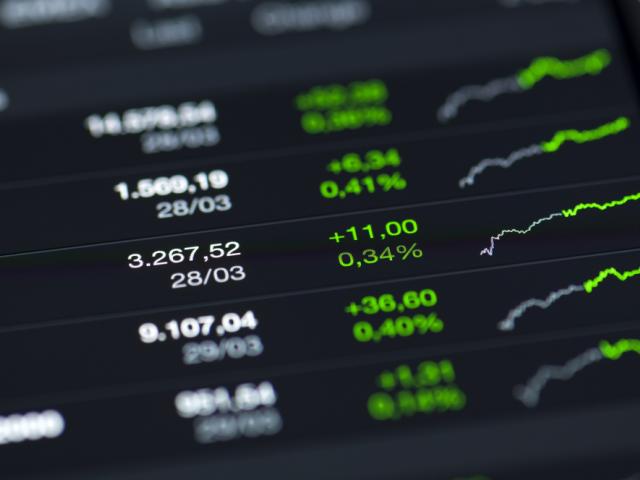By Craig Erlam
Stock markets were giving back some of their gains on Wednesday, as skepticism grows around Russia’s intentions following the previous day’s announcements.
Initial reports suggested a de-escalation in Ukraine, as Russia indicated its intention to scale back some military operations. While that was viewed as a first step towards a ceasefire, it wasn’t long before doubts crept in which weighed on sentiment once more.
All we’re seeing is cautious optimism with a healthy sprinkling of skepticism.
We’ve all watched how the last couple of months have unfolded, so, no one is going to get too excited until we see troops leaving Ukraine and a full ceasefire agreed upon. Until then, anything is possible.
Furthermore, the Kremlin’s decision to demand gas payments in roubles and threaten similar actions on other commodities that “unfriendly nations” rely upon, risks stoking shortages and recessions whether they are true to their word in Ukraine or not.
The economic war between Russia and the West will continue to play a key role in the markets.
Russia has long sought to position itself as a reliable supplier of natural resources, but there’s little difference between changing the terms of the contracts and banning exports. In the absence of a ceasefire, at least one side must blink or all will suffer.
This all depends on when those demands are implemented. The Kremlin stated on Wednesday that rouble payments for gas will take time to take effect, which could buy Europe time to search for alternatives and top up reserves. If that’s the case, the timeline ultimately becomes key.
In the meantime, there’s a cost of living crisis upon us. High inflation and higher interest rates pose an immediate threat and if the bond market warnings are to be believed, recessions may await us.
Now for the caveat. There’s no guarantee with these indicators and the 2’s and 10’s remain uninverted in any case. There are parts of the US yield curve that are but that’s not a clear signal in itself.
Then there’s the question of reliability, especially against the backdrop of a decade of the yield curve being manipulated by quantitative easing, pushing down the longer end of the curve. With central banks poised to start aggressively reducing their balance sheets, what impact will that have?
None of that will put people’s minds at rest if inversions take hold and deepen. Especially against the backdrop of an economic war with Russia and much higher prices.
As they stand, economic indicators still look healthy and point to more of a slowdown than a recession. If that changes, it’s worth remembering that not all recessions are equal. As Russia is about to discover.
Oil recovers ahead of OPEC+
Oil prices headed higher once more on Wednesday as the prospect of a ceasefire quickly faded and the economic war between Russia and its “unfriendly” trading partners ramped up. There’s no end in sight for an increasingly tight oil market and should Russia expand its rouble demands beyond gas and the West tighten sanctions, prices could get higher.
OPEC+ won’t provide any relief, even if it were capable of doing so. Its failure to hit the output targets is part of the problem. And those that could instead choose to stick by the alliance which claims to be apolitical while turning a blind eye to tight markets and high prices.
Gold steadies
Gold briefly dipped below $1,900 on Tuesday as risk appetite was boosted by supposed developments in Turkey, but as that enthusiasm faded, so did the sell-off.
It is now relatively flat and back around $1,920 where it has hovered around most of the session.
We could continue to see risk dictate the moves in the yellow metal ahead of Friday’s jobs report, at which point the focus may temporarily shift back to inflation.
Bitcoin to continue higher?
We’re seeing further profit-taking in bitcoin on Wednesday following the surge and breakout earlier in the week. The near-term continues to look positive after a prolonged period of consolidation, with Monday’s break no doubt grabbing widespread interest.
Plenty of barriers to the upside remain, including $50,000 and $52,000, while key support falls around $45,500 having been strong resistance this year.
Craig Erlam is Senior Market Analyst, UK & EMEA at OANDA
Opinions are the author’s, not necessarily that of OANDA Global Corporation or any of its affiliates, subsidiaries, officers or directors. Leveraged trading is high risk and not suitable for all. Losses can exceed investments.







